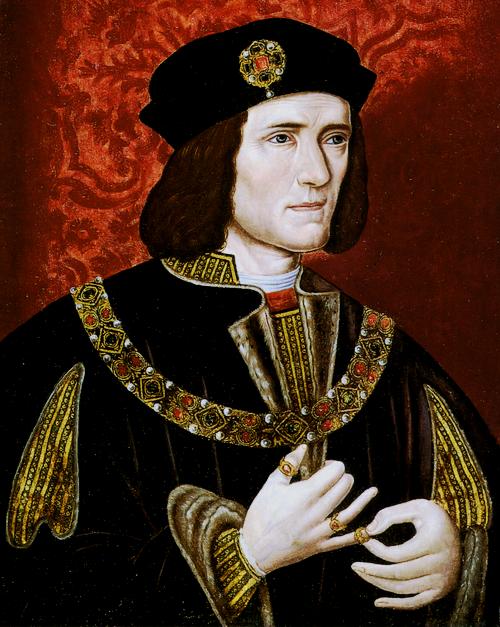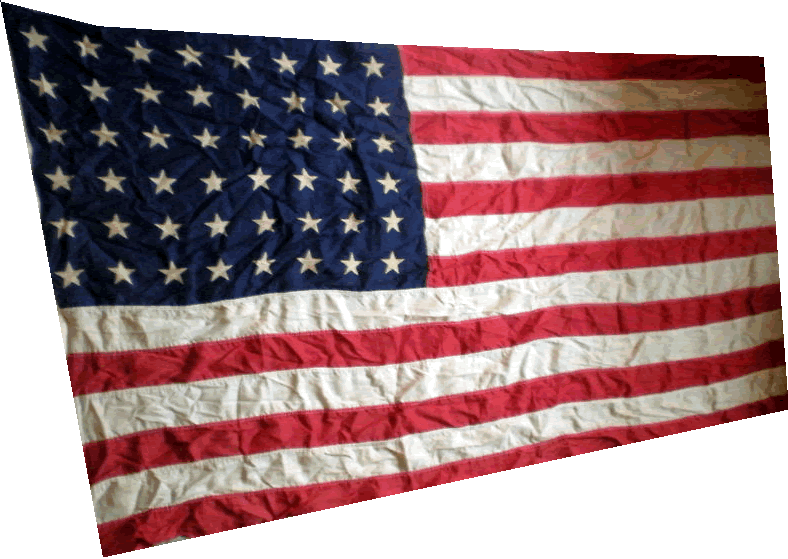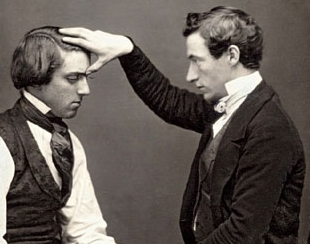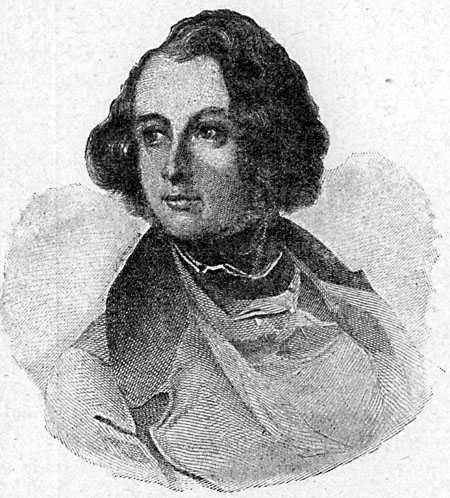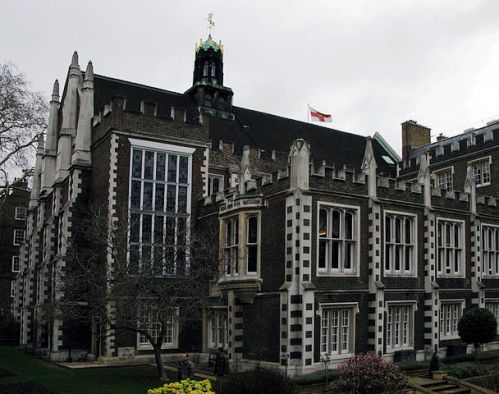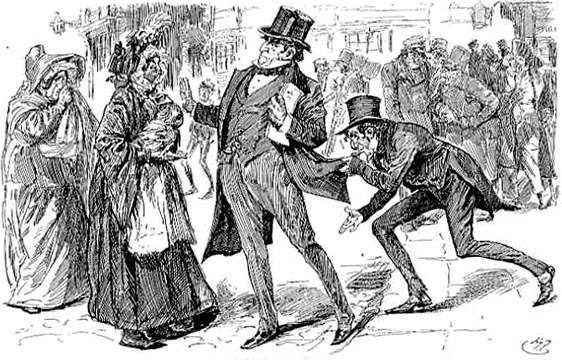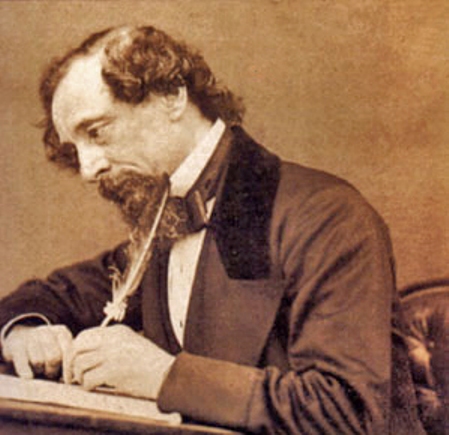Please visit the new website at www.vaguelyinteresting.co.uk. This article is on http://www.vaguelyinteresting.co.uk/?p=1039
In 1999 the United States Mint issued the first of its 50 State Quarters. Over the next 10 years, each state in the Union would be showcased on its own shiny quarter dollar coin. The law passsed on 1 December 1997 as United States Commemorative Coin Program Act was controversial, with some officials claiming it marked the ‘Disneyfication’ of US currency.
From Delaware to Hawaii, the 50 State Quarters programme would see almost 35 billion coins minted with the states featured in the order that they ratified the U.S. Constitution. An additional 636,200,000 quarters were minted as part of the follow on programme for the District of Colombia and US Territories (Puerto Rico, Guam, American Samoa, US Virgin Islands and the Northern Mariana Islands).
The number of coins minted for each state varied widely, with more than 1.5 billion coins depicting Virginia but only 453 million Wisconsin quarters leaving the US Mint – less than a third of Virginia’s total. The coins all featured a portrait of George Washington on the obverse, with the different state designs on the front. High resolution pictures of these designs are available in the thorough Wikipedia article on the programme.
As well as providing patriotic Americans with a unique collection that highlights some of the unique feature of each state, it also provided the U.S. Treasury with a massive windfall of at least $3 billion and potentially up to $6.3 billion in total. This is because of seigniorage – the concept that once coins are collected and effectively taken out of circulation, the government makes a profit.
This numismatic trick shouldn’t be confused with the other meaning of seigniorage – the concept of lordship or rights pertaining to lordship (e.g. the right to take the newly married bride of one of your vassals for a lordly romp).

The US government profits from the 50 State Quarters programme because it costs approximately 5ȼ to make a quarter. If the ‘purchaser’ of a commemorative quarter decides not to spend it (i.e. keeps it as a collectors item), the government keeps the remaining 20ȼ. The success of the 50 State Quarters programme, with approximately half the American population taking part, made this one of the most successfulnumismatic programmes in history.
Commemorative coins are big business and a serious source of revenue for governments. In 2012 alone, the UK’s Royal Mint is issuing at least eight commemorative coins – celebrating the Queen’s Diamond Jubilee, the London Olympics, the bicentential of Charles Dickens, the 100th anniversary of the sinking of the Titanic, the 500th anniversary of the maiden voyage of the Mary Rose, the 90thbirthday of Prince Philip, the 400th anniversary of the King James Bible, the 50thanniversary of the foundation of the World Wildlife Fund.
Finally, and for a little light relief after the numismatic seriousness above, read theOnion’s spoof report that the U.S. Mint Gears Up To Issue Commemorative County Pennies.




